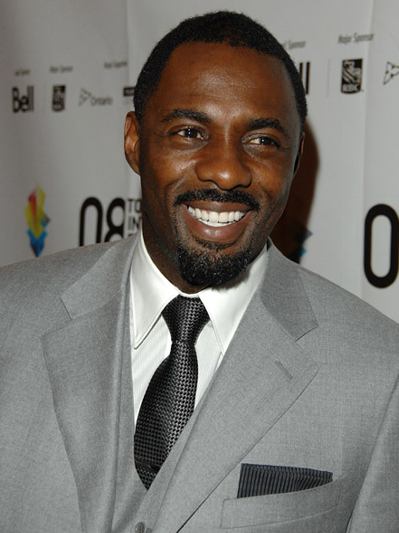THOR : The Dark World
Who Produced and Directed Thor 2 ?
Thor : The Dark World is the sequel to the Thor which was screened in 2011 The successful action/adventure Marvel film was directed by Alan Taylor and produced by the Marvel Studios. Marvel Studios are known for their range of superhero movies such as Spider man The Avengers Assemble, Iron man ... the list goes on ! Thor 2 was distributed by Walt Disney motion pictures.
Plot
Faced with an enemy that even Odin and Asgard cannot withstand, Thor must embark on his most perilous and personal journey yet, one that will reunite him with Jane Foster and force him to sacrifice everything to save us all.
The Budget Of THOR 2
The budget for THOR 2 is approximately $200 million !
Chris Hemsworth as Thor
Natalie Portman as Jane Foster:
Tom Hiddleston as Loki:
Anthony Hopkins as Odin:
Stellan Skarsgård as Dr. Erik Selvig
Christopher Eccleston as Malekith the Accursed:
Adewale Akinnuoye-Agbaje as Algrim:
Kat Dennings as Darcy Lewis
Ray Stevenson as Volstagg
Zachary Levi as Fandral
How is Thor 2 Being Marketed ?
In March 2013, Marvel announced the release of a two-issue comic book prelude by writers Craig Kyle & Christopher L. Yost
In April 2013, Marvel released the first trailer for Thor: The Dark World
In July 2013 a mobile video game was released THOR : The Dark World
In August 2013, Disney announced plans to promote the film with an attraction at Disneyland
the attraction called "Treasures of Asgard", located next to the Stark Industries exhibit inside Tomorrowland , is scheduled to open on November 1, 2013
The world premiere of Thor: The Dark World took place on October 22, 2013 at the Odeon Leicester Square in London


















